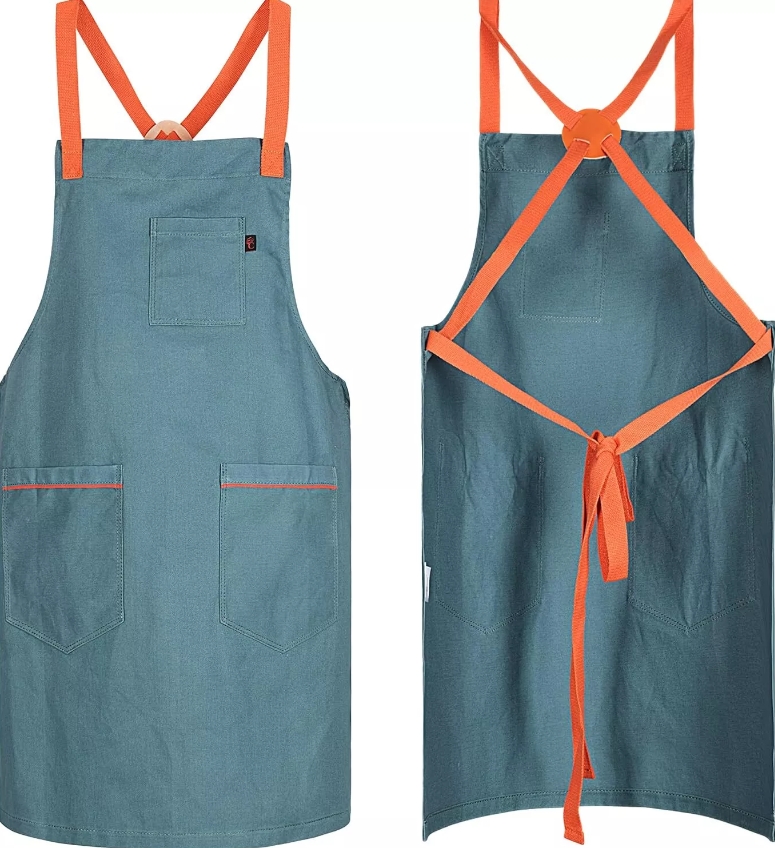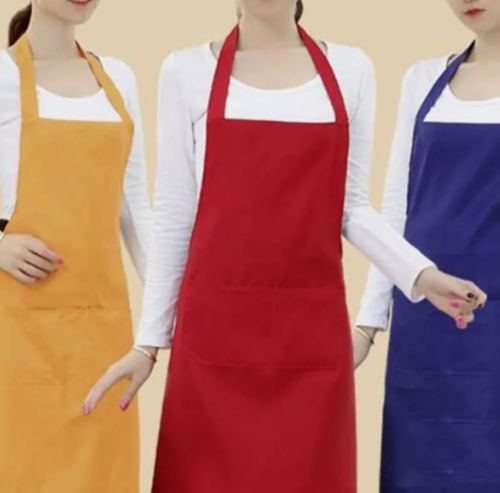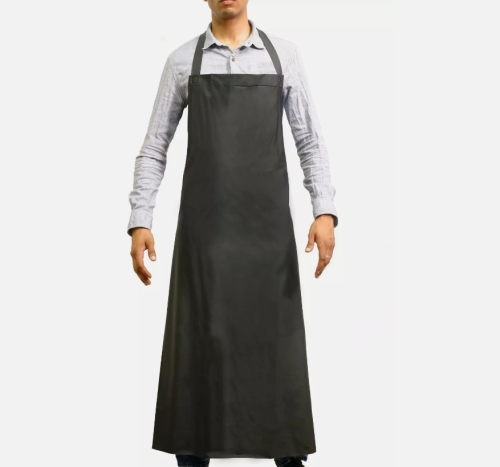An apron is a common and practical garment, usually made of tough fabric, designed to protect clothing during cooking, cleaning, or craft activities. It has a long history, dating back to ancient societies, originally as a protection tool, and over time, its function gradually evolved into a combination of decorative and practical clothing.
The design of aprons is varied, both simple monochrome style, but also rich color, complex pattern choice, to meet the aesthetic needs of different people. Many people like to wear aprons in family activities, while enjoying the fun of cooking, but also show their personal style. The apron can not only prevent food stains from staining on the clothing, but also facilitate the user to easily store small items, such as kitchen knives, spices, etc.
In some cultures, aprons carry traditions and memories. It may be a family member in the kitchen often used items, has a certain symbolic significance. Each apron may have a different story, and over time, they become an emotional sustenance. In every cooking process, the apron is not only a tool to protect clothes, but also an important link to connect memories.
The function of aprons is also not limited to the kitchen; many artists and craftspeople also wear aprons when creating to protect clothing from contamination with pigments, adhesives, etc. This makes the apron play an important role in different fields and become an essential auxiliary tool.
In short, the apron is a simple but extremely important item in life, and its practicality and symbolism make it still maintain a unique position in modern life. Whether in the busy kitchen or in the quiet studio, the apron quietly tells the details of life and creative inspiration. It is this ordinariness and warmth that makes the apron an indispensable element in the hearts of every family and every creator.
















